407 Proxy Authentication Required: How to Fix & Avoid
The "407 Proxy Authentication Required" error is akin to an unforeseen diversion on a well-trodden path. It can confound, it can frustrate, but it is certainly resolvable. Join us as we navigate its complex intricacies.
What Is The "407 Proxy Authentication Required" Error?
When you encounter the "407 Proxy Authentication Required" error while accessing a website, it means your request hasn't been processed due to a lack of valid authentication credentials for a proxy server. This proxy server acts as an intermediary between your web browser and the server where the resource you're trying to access resides. Think of authentication credentials as a digital ID, necessary for the proxy server to verify your identity.
What's notable about this "407" error is that it doesn't just pop up once. Every time you attempt to access another resource on the same website, you might be prompted to provide these credentials again. This ensures that only authorized users can access restricted content, bolstering security for sensitive information.
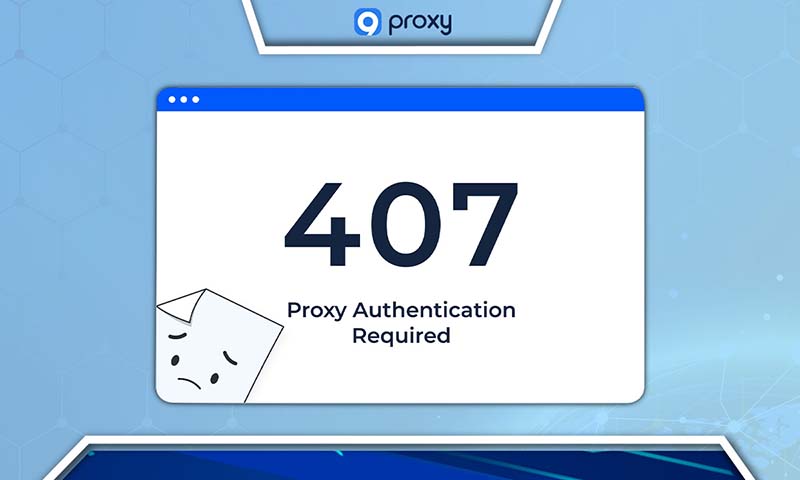
What Causes a "407 Proxy Authentication Required" Error?
The "407 Proxy Authentication Required" error typically arises when the user's connection to a server is interrupted due to issues with a proxy server — the intermediary server between the user and the main server. The root causes can vary, but primarily revolve around authentication, network settings, permissions, and third-party software interference.
Expired or Incorrect Authentication Details
Authentication credentials act like a digital ID, verifying a user's identity when trying to access an online resource. When using a proxy server, these credentials ensure the user has the right to access certain information. If these details are incorrect, outdated, or missing, the proxy server will respond with a "407 Proxy Authentication Required" error. In simple terms, it's the proxy server's way of saying, "I need to confirm you're allowed to view this.
Network Setup Issues
Proper network settings are essential for a smooth online experience. However, errors can arise when:
- The user's network settings are improperly configured, making connection to the proxy server impossible.
- Proxy server settings are incorrect or have been misconfigured.
- Firewalls or security software block the connection.
- There are general network connectivity issues.
Any of these scenarios can result in a 407 error, highlighting the importance of accurate network configurations.

Permission Limitations
Proxy servers can be protective gatekeepers. Many organizations, for instance, use them to limit access to specific sites or services. If a user attempts to access a restricted area and doesn't have the correct credentials, the proxy server responds with the 407 error.
Additionally, certain networks may only allow access from specific locations. If someone tries accessing a resource from an unauthorized location, like from home instead of the office, the proxy might deny access, resulting in the familiar 407 error.
Interference From External Software
Software on one's computer can sometimes clash with online browsing, especially when connecting through proxy servers. Factors include:
- Security software or firewalls that block connections.
- Browser extensions, like ad blockers or cookie blockers, interfering with the authentication process.
- Outdated software or plugins that can't meet a proxy server's modern authentication standards.
In these situations, even if the user has the correct credentials, these software conflicts prevent them from connecting, triggering the "407 Proxy Authentication Required" error.
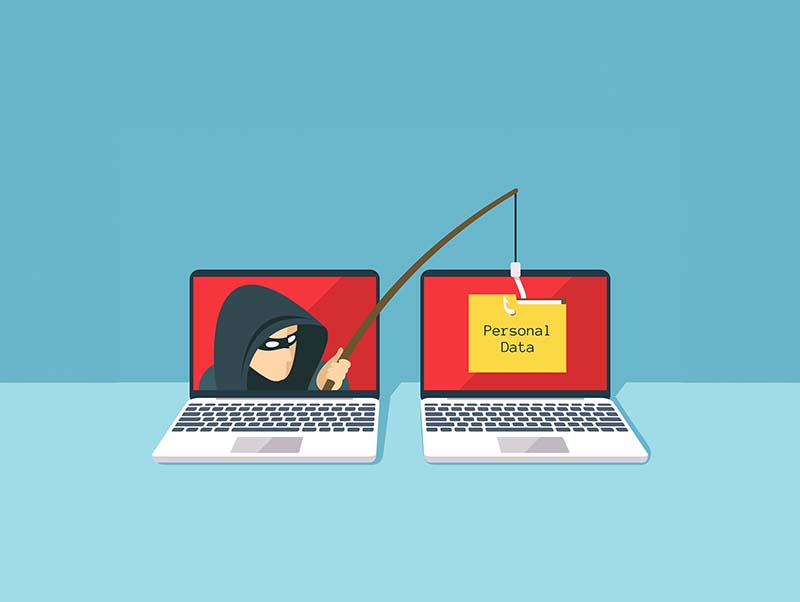
How To Fix the “407 Proxy Authentication Required” Error?
Navigating the digital realm sometimes throws a wrench in our smooth browsing experience with errors like the "407 Proxy Authentication Required." Don't fret! With some straightforward steps, you can navigate your way out. Let's explore the solutions:
Reviewing Proxy Configurations
It is imperative to scrutinize your proxy settings when addressing the “407 Proxy Authentication Required” error. Inaccurate or misconfigured settings can prevent your browser from establishing a connection with the proxy server, leading to the HTTP 407 error.
Ensure the proxy server’s address is accurately inputted within your browser's configuration. An erroneous or outdated address will hinder your browser's ability to connect with the server.
It is also vital to verify that the proxy server's port number has been correctly specified. An incorrect port number will impede the connection.
Certain proxy servers necessitate authentication for accessing specific resources. In such cases, input the valid username and password in the designated section of your browser’s configuration.
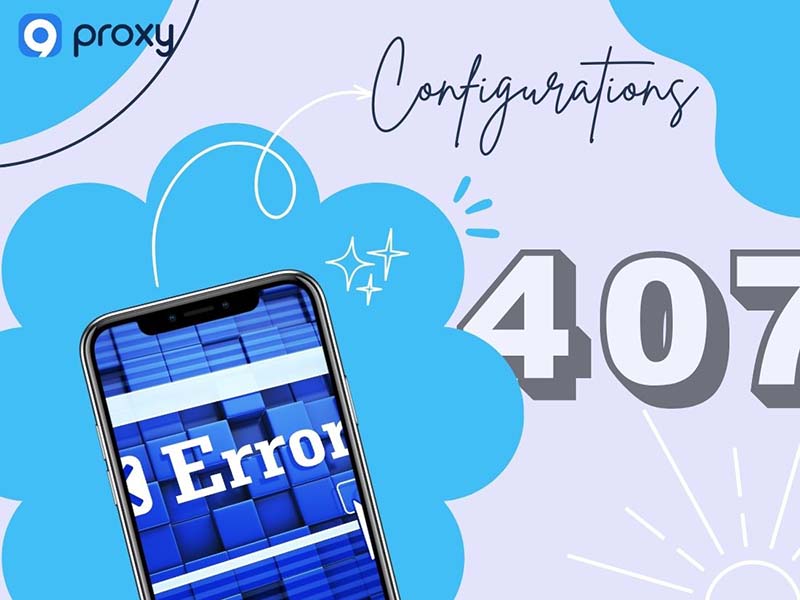
Supplying Correct Authentication Details
Supplying accurate credentials is crucial in resolving the “407 Proxy Authentication Required” error as it permits the clients to validate their identity with the proxy server, facilitating access to the sought-after resource.
When the client communicates with the proxy server, it includes its authentication credentials. If these credentials are valid and align with the records on the proxy server, access to the desired site will be authorized.
On occasions, the 407 error may arise due to connection disruptions between the client and the proxy server. Ensuring the provision of correct credentials, coupled with addressing any connectivity concerns, can lead to a successful connection between the client and server.
Verifying The Target URL
Should the URL be erroneous, the client will be unable to establish a connection with the desired resource, leading to the manifestation of the “407 Proxy Authentication Required” error. It is therefore imperative to scrutinize the provided URL.
Verify that the URL is correctly formulated, encompassing both the precise domain name and path. A misspelled URL will obstruct the client's connection to the indicated resource.
It's essential to ascertain that the URL neither omits nor contains superfluous characters. Such discrepancies can arise when the URL is transcribed either through copying and pasting or through manual input. Additionally, ensure that the domain name is accurate and corresponds with the target resource.
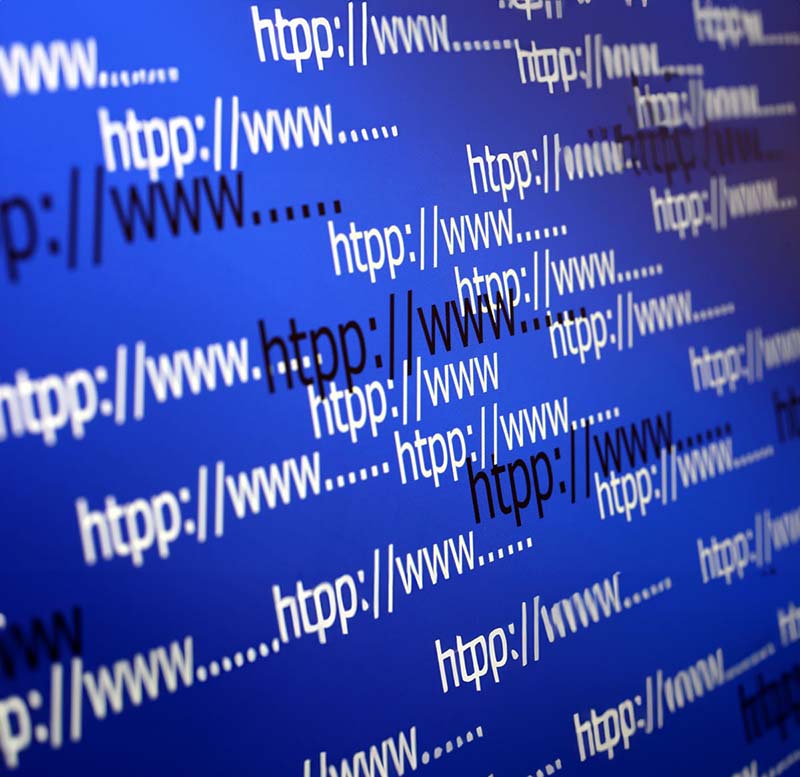
Troubleshooting Code or Scripts
An alternative approach to addressing the 407 Proxy Authentication Required error lies in examining the code or scripts of your website. A recent introduction of custom code or plugins could harbor minor imperfections leading to authentication discrepancies. The complimentary tool, Query Monitor, can be instrumental in sifting through the code to identify anomalies.
Investigating the code or scripts can rectify the HTTP 407 error if it stems from issues within the code or scripts utilized to retrieve the desired resource. It's advisable to ensure that your code is adeptly configured to interface with the proxy server and obtain the desired resource by identifying and amending such discrepancies.
Deactivating External Software
Eliminating third-party software may be instrumental in rectifying the “407 Proxy Authentication Required” error, especially if such software hampers the authentication procedure or restricts connection to the proxy server.
Deactivating third-party software allows for the identification of potential incompatibilities that might be the root cause of the 407 error. This procedure facilitates the pinpointing of the software potentially at fault, enabling corrective action to address the incompatibility.
Particular security applications or firewalls might be configured to impede connections to certain proxy servers, thereby barring the client from retrieving the intended resource. Deactivating such software can lift these constraints, granting the client unhindered access to the proxy server.

Examining Network and Firewall Configurations
Firewalls serve to protect your network by filtering out unauthorized traffic. However, in doing so, they may inadvertently obstruct legitimate traffic, such as those destined for proxy servers. It's crucial to inspect the firewall rules to confirm that there aren't any inadvertent blockages to your proxy server. Should you find the firewall obstructing such connections, a new rule can be introduced to facilitate traffic towards the proxy server.
For diagnostic purposes, consider temporarily deactivating the firewall. If the “407 Proxy Authentication Required” error ceases to appear during this deactivation, it suggests the firewall might be the issue. Subsequent steps can then be taken to adjust the firewall's configuration, ensuring uninterrupted connections to the proxy server.
Refreshing Browser Data by Clearing Cache and Cookies
Stored data in your browser's cache and cookies, if outdated, might interfere with the authentication mechanism, leading to the “407 Proxy Authentication Required” error. To mitigate this, it's advisable to purge this stale data, ensuring that your browser operates with the latest and most accurate information, which can be achieved by clearing your browser cache and cookies.
Furthermore, emptying your browser's cache and cookies can effectively erase any previously stored authentication credentials that may be inaccurate or obsolete. This action paves the way for re-inputting the credentials, thereby guaranteeing their accuracy and relevance.

Consulting with The Network Specialist or Administrator
Addressing the 407 error independently can prove daunting; hence, consulting your network administrator is advisable. These experts possess the requisite knowledge and expertise to identify and pinpoint the underlying issue, guiding you towards a solution.
Top Strategies to Avoid the '407 Proxy Authentication Required' Error
Preventing the "407 Proxy Authentication Required" error is simpler than you think. Think of it as maintaining your car; with regular check-ups and care, it runs smoothly. Here’s a beginner-friendly guide on keeping your online ride smooth:
Choose a Strong Password
A password lacking in strength is more susceptible to being deciphered or breached compared to a robust one. By formulating a sturdy password, you bolster the security of your account and diminish the risk of your authentication credentials falling into the wrong hands.
Moreover, certain proxy servers enforce particular password criteria, such as stipulating a minimum character count or the incorporation of unique symbols. By generating a robust password in line with these stipulations, you validate that your authentication credentials are aptly set up for proxy server access.
Additionally, a robust password acts as a bulwark against unsanctioned access to your account, ensuring exclusivity for authorized users in accessing the proxy server. This not only streamlines the authentication process but also minimizes the chances of encountering the “407 Proxy Authentication Required” error.
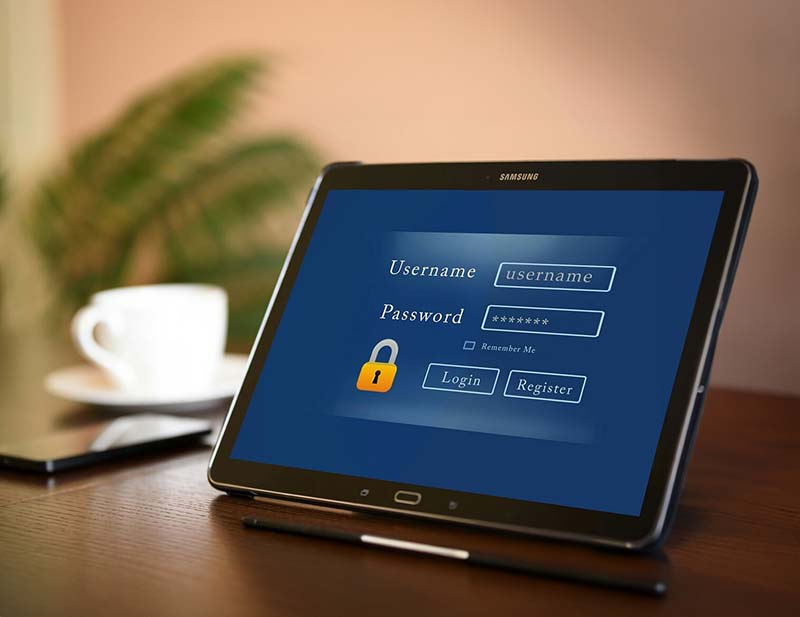
Keep Your Proxy Settings Current
Regularly updating your proxy settings is pivotal in ensuring that your client remains aptly set up to interface with the proxy server. Outdated or erroneous settings can introduce hiccups in the authentication workflow, manifesting as the HTTP 407 error.
It's also salient to note that the IP addresses of proxy servers and their authentication prerequisites might undergo changes periodically. Consequently, consistently maintaining updated proxy settings not only facilitates a seamless connection between your client and the proxy server but also guarantees the accuracy of the information used to access the desired resource.
Stay Alert to Possible Security Threats
Vigilant monitoring for potential security vulnerabilities can aid in identifying unsanctioned attempts to access the proxy server, including tactics like brute force attacks or credential stuffing. Early detection of these malicious endeavors allows you to institute preemptive countermeasures, consequently diminishing the probability of facing the “407 Proxy Authentication Required” error.
Incorporating security protocols, including methods like two-factor authentication or IP address restrictions, can further decrease the chances of encountering the 407 error. By keeping a watchful eye on emerging security threats, you can discern and employ the most apt security solutions tailored to your needs.
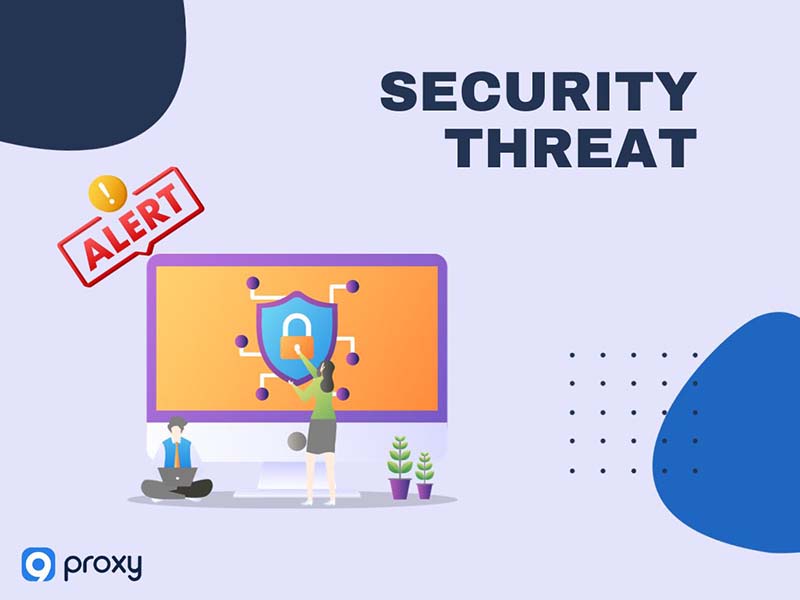
Use Connections That Are Secure And Encrypted
Employing a secure and encrypted connection, like HTTPS, ensures your interactions with the proxy server remain confidential. This protective measure thwarts unauthorized access to your authentication details, subsequently reducing the likelihood of confronting the “407 Proxy Authentication Required” error.
Furthermore, these secure and encrypted channels safeguard any sensitive information exchanged between your client and the proxy server. Such measures preclude potential data breaches, thereby minimizing the prospect of facing security predicaments, inclusive of the HTTP 407 error.
Put Access Controls in Place
Introducing access controls offers the benefit of creating audit trails, which facilitate the monitoring of user activities and detection of potential security infringements. Such a system can be instrumental in averting security dilemmas, thereby diminishing the chances of the “407 Proxy Authentication Required” error surfacing. Moreover, this proactive approach acts as a deterrent to data breaches, further mitigating the risk of security concerns arising.

FAQ
Is the '407 Proxy Authentication Required' error similar to the '401 Unauthorized' error?
Both are authentication errors, but they address different issues. The '407' is about proxy authentication, while '401' concerns incorrect or missing credentials for the server you're trying to reach.
Can VPNs cause the '407 Proxy Authentication Required' error?
VPNs aren't direct culprits. However, if your VPN uses a proxy or if you're running both at the same time, the '407' error might appear.
Are there tools available to help diagnose or troubleshoot the '407 Proxy Authentication Required' error?
Absolutely. Tools like network diagnostics, proxy log analysis, and Wireshark can shed light on the issue.
Can cached credentials cause the '407 Proxy Authentication Required' error?
Definitely. If cached credentials are outdated or wrong, they can lead to the '407' error. It's a good idea to clear and re-enter them if you suspect this is the cause.
Conclusion
The "407 Proxy Authentication Required" error, while seemingly complex, is just a facet of the vast digital we traverse every day. Recognizing the underlying cause is pivotal in addressing it. At 9Proxy, we're dedicated to demystifying such subjects, making them comprehensible to all. Peruse our extensive collection for more seasoned perspectives and pave the way for a seamless online journey.
Get Newsletters About Everything Proxy-Related